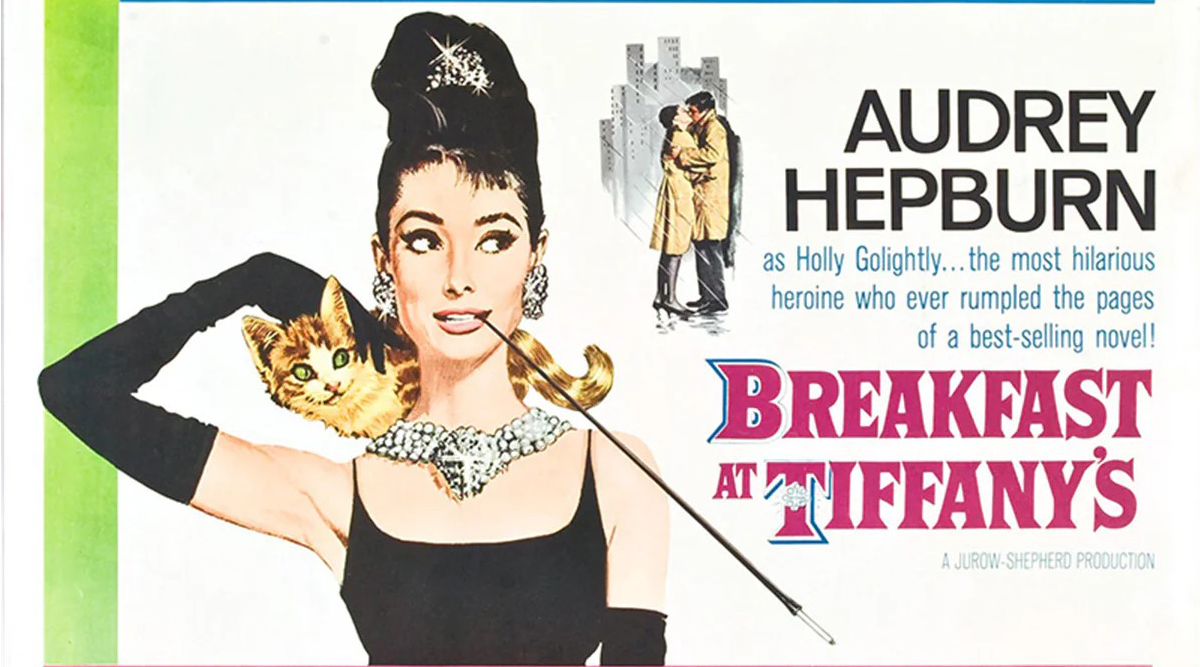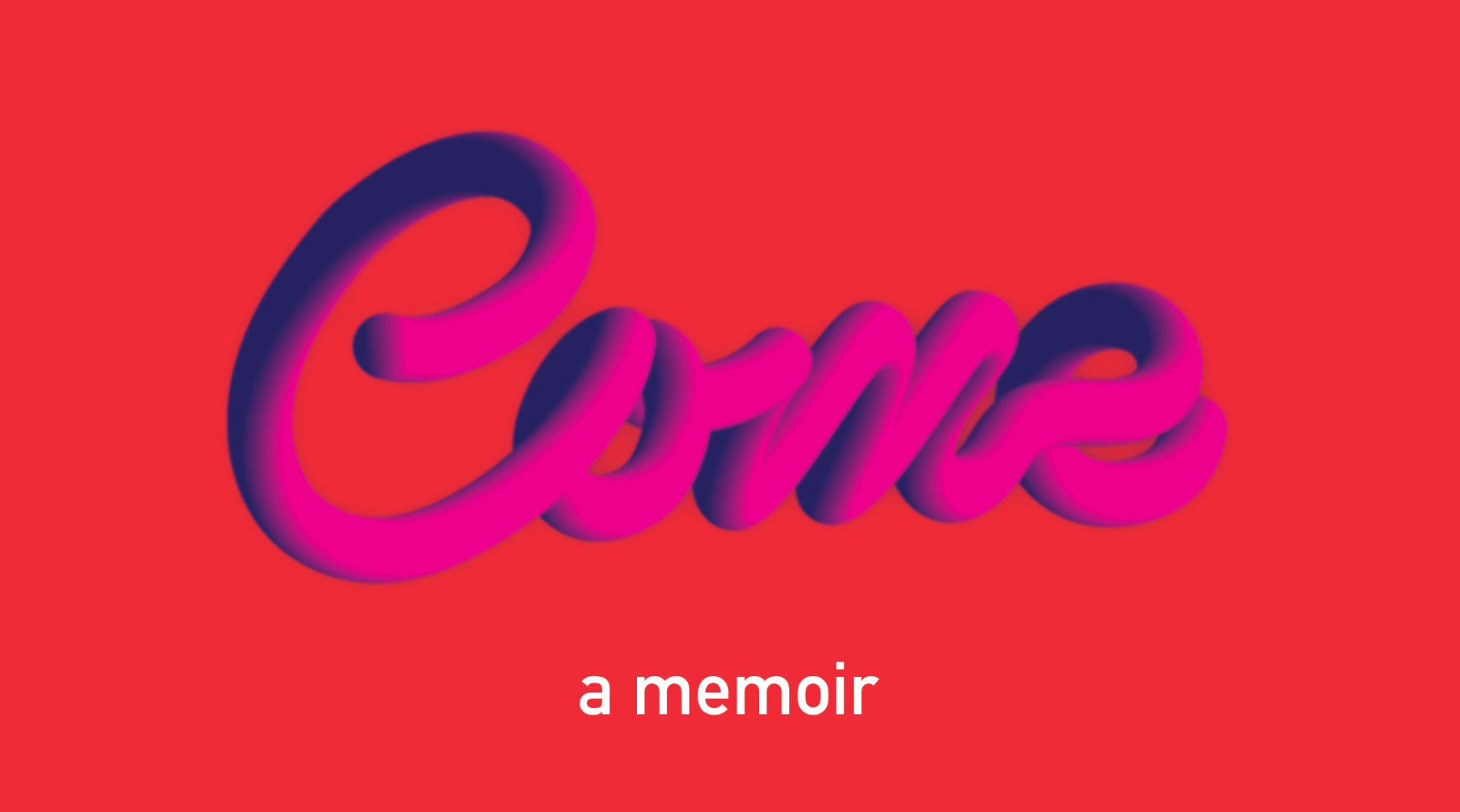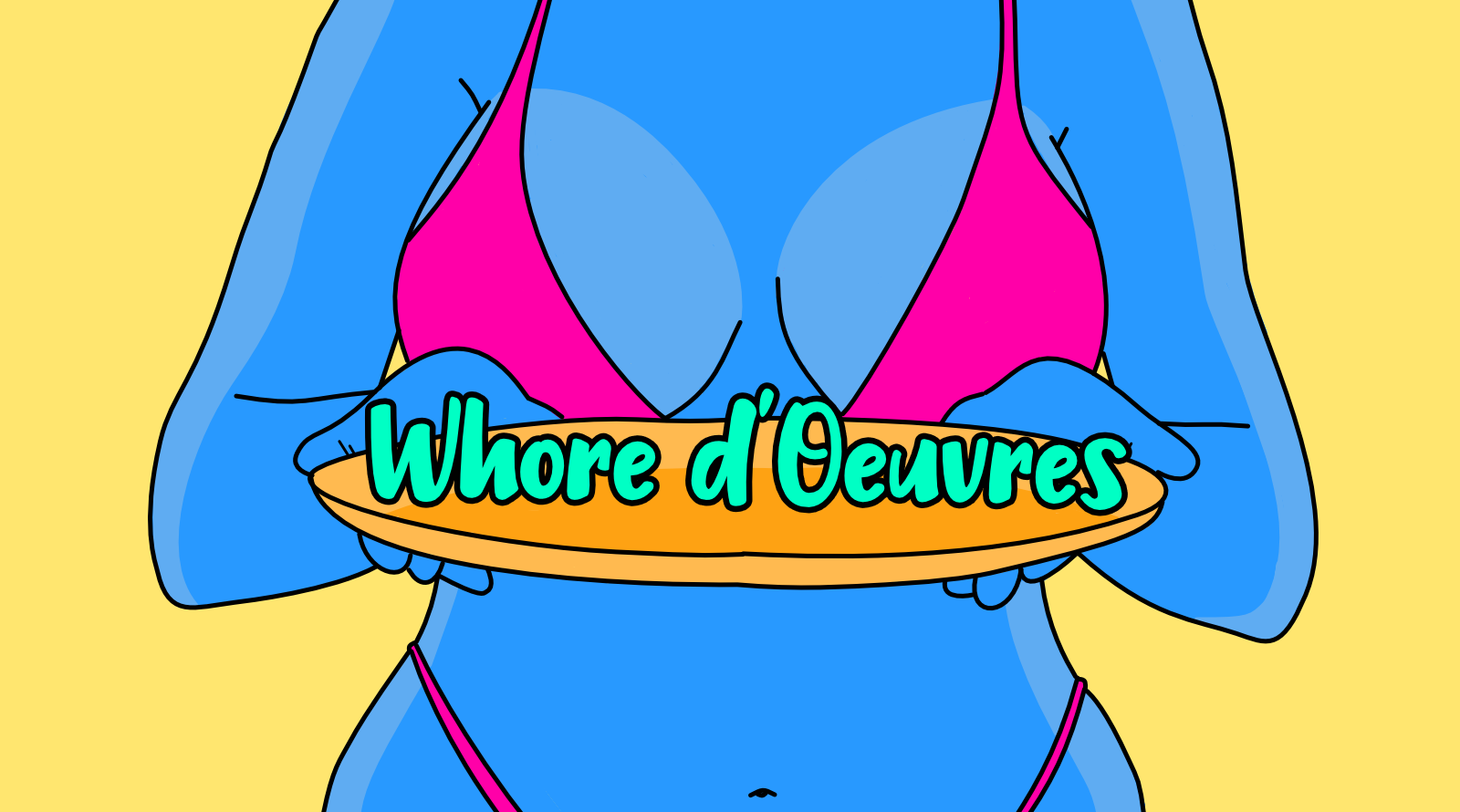Breakfast at Tiffany’s is often hailed as a classic, with its iconic performances, striking visuals, and an enduring influence on popular culture. It's a film that manages to remain loved and critically acclaimed, despite it being a story about a sex worker. On one hand, it defies the cultural notions of the time: a portrait of an independent woman with a devil-may-care attitude who uses men as a way to get ahead rather than for love. On the other hand, it’s a cautionary tale about a working girl whose independence and line of work makes her emotionally unavailable and tragic.
In Truman Capote's novella, Holly Golightly was based on Capote’s own mother, a party girl who chose a life of men and extravagance over raising her child. Capote’s Holly was much more complex and broken. She’s charming, but her charm masks deep sadness and emotional detachment.
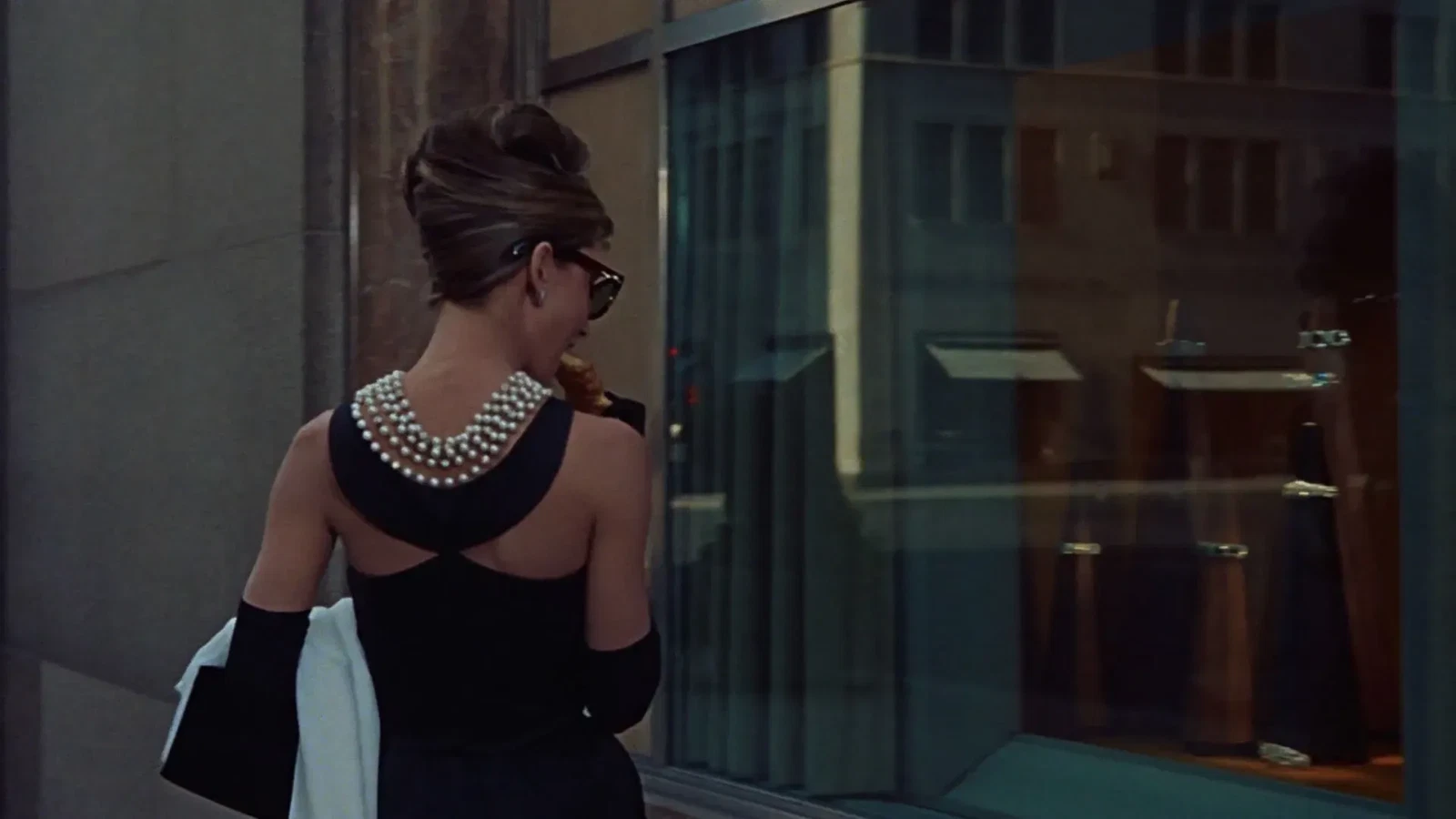
However, when Breakfast was adapted for the big screen, much of her complexity was smoothed over for mainstream appeal. Audrey Hepburn famously hesitated to take the role because she didn’t want to play a hooker, and Hollywood didn’t want to make a movie about a sad whore. So, Hollywood made Holly quirky, fun, and less threatening to the patriarchy. While her line of work as a ‘working girl’ is obscured – she makes a living translating secret messages for an imprisoned mob boss and asking her dates for $50 to powder her nose — it’s still implied and presented with enough vagueness for plausible deniability. Hollywood kept the undercurrent of sadness from Capote’s novella but yassified it into more of a Manic Pixie Dream Girl trope, and Breakfast became a quirky rom-com with an underlying parable about female promiscuity and independence, reflecting the era's discomfort with women who challenged traditional femininity.
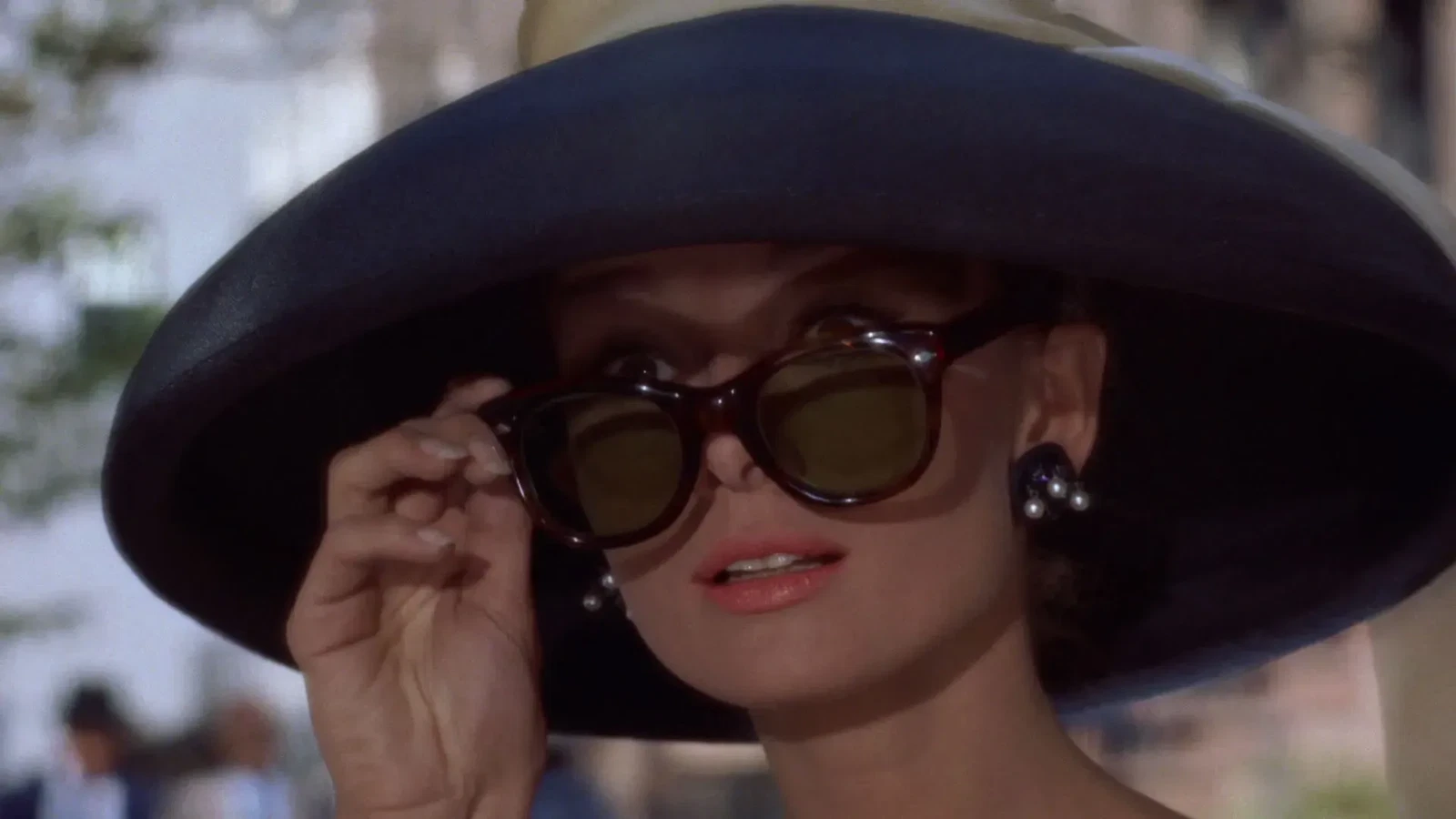
Another interesting aspect of the original novella is the queerness embedded within its characters. In Capote’s version, Fred (renamed Paul in the film) is a gay gigolo who inexplicably falls for Holly. But 1960s Hollywood wasn’t ready for openly queer characters. Producers found Capote’s Fred "detestably effeminate" and stripped him of his queerness, transforming him into Paul — a straight, watered-down version who goes from being an explicitly written gigolo to a more socially acceptable sugar baby. This change not only erased the story's queerness but also flattened the complexity of Paul’s relationship with Holly, making it conform to heteronormative standards. The film did admittedly break with convention in even choosing to adapt a story like Capote’s: a woman who challenges traditional femininity, an emasculated man who takes money from a woman instead of being a breadwinner, but they made sure to keep with the social mores of the time, including anti-Japanese propaganda.
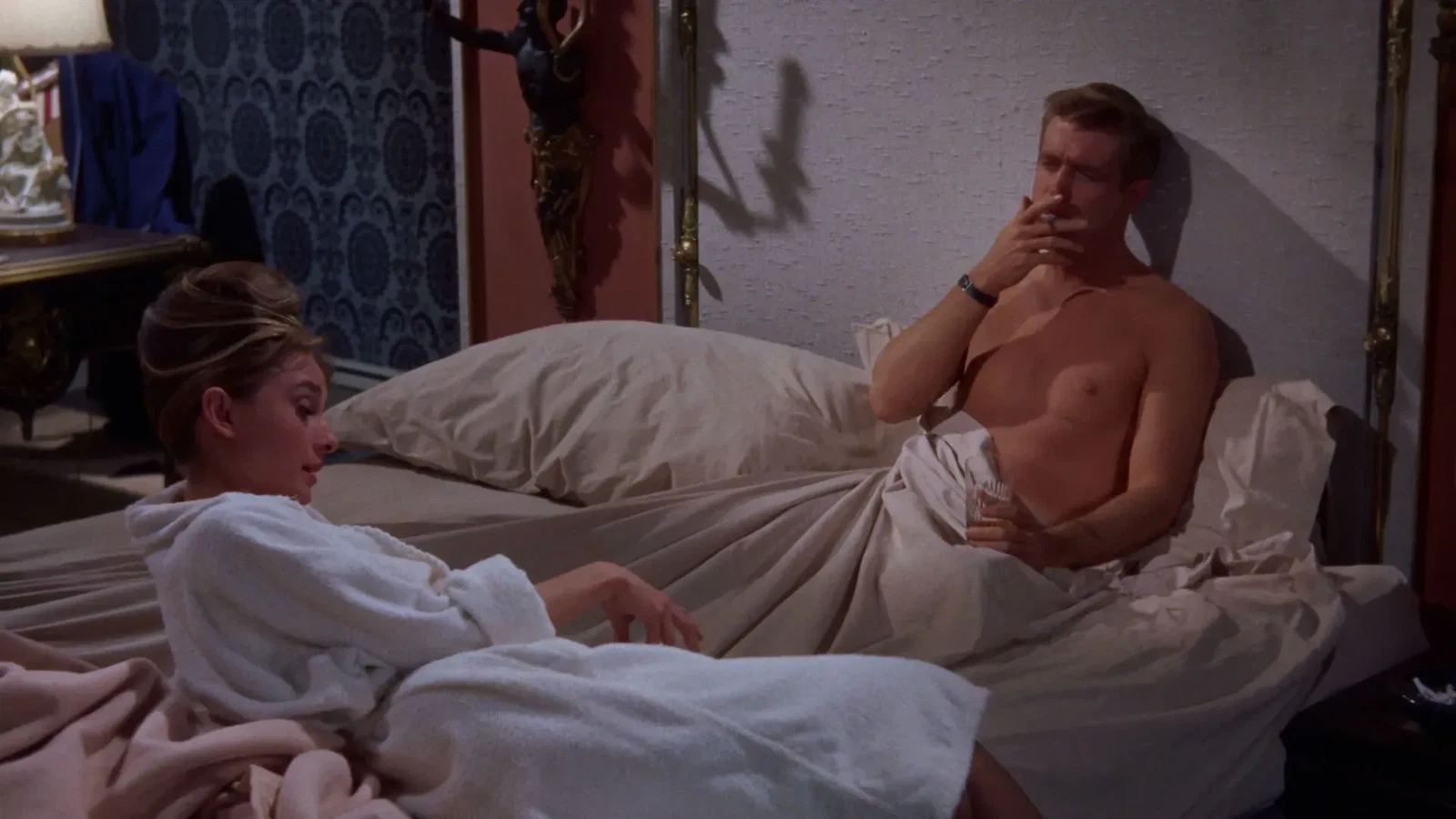
It’s impossible to talk about Breakfast without addressing its most glaring flaw: Mickey Rooney’s shockingly offensive portrayal of Mr. Yunioshi, Holly’s landlord. His performance — complete with taped-back eyelids and buck teeth — feels like a ghoulish jumpscare, even for a film from the 1960s. The racism is indefensible, and the fact that Rooney steadfastly defended his portrayal until the mid-2000s only makes it more jarring. It’s an unfortunate stain on an otherwise good movie.
Despite these issues, Breakfast remains an iconic piece of cinema. What fascinates me most is the fact that this story of a call girl is regarded as an American classic, while most of its fans don’t even realize she’s a sex worker. It is so beloved that it’s common to see Holly Golightly’s image adorning posters in Wal-Mart, and there’s even a Breakfast at Tiffany’s Barbie doll. We really are everywhere.
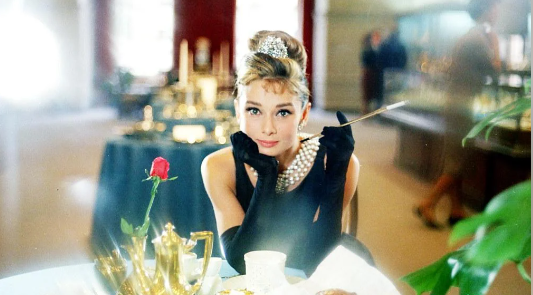
If you enjoyed Breakfast at Tiffany’s, I recommend What a Way to Go! starring Shirley MacLaine. It offers equally stunning sets and costumes, but with much less tragedy and a lot more camp.
Are you a sex worker with a story, opinion, news, or tips to share? We'd love to hear from you!
We started the tryst.link sex worker blog to help amplify those who aren't handed the mic and bring attention to the issues ya'll care about the most. Got a tale to tell? 👇☂️✨

